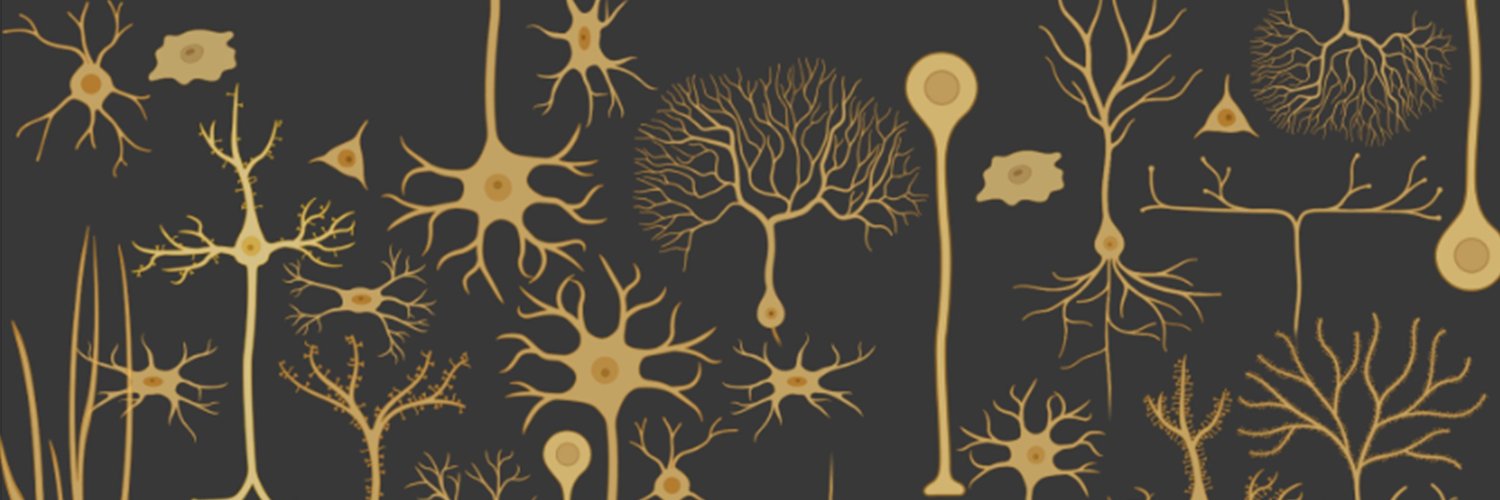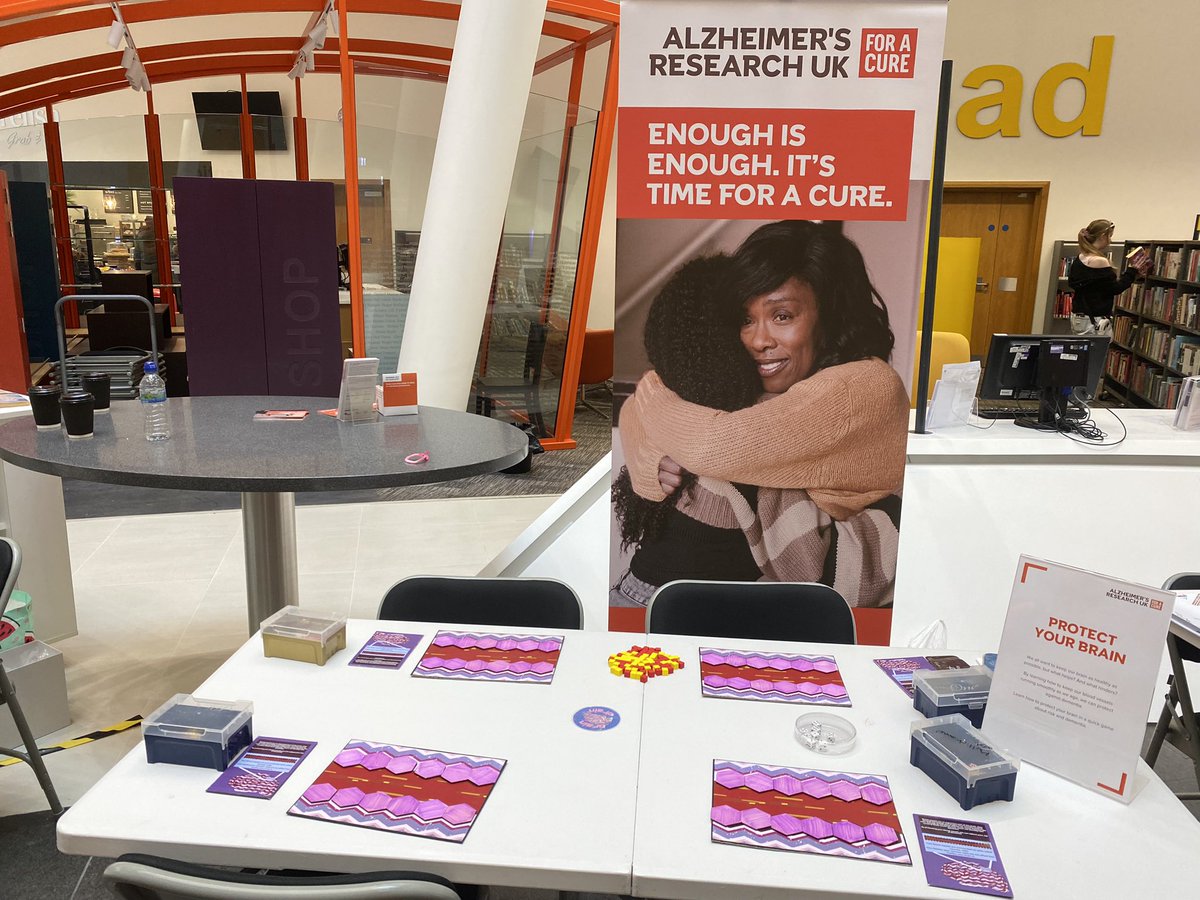
RoyNgLab
@RoyNgLab
Lecturer in neuroimmunology at University of Manchester
Thrilled to share our latest research in @CellReports! We reveal the crucial role of fatty acid synthesis & palmitoylation in NLRP3 inflammasome activation. @imperialcollege @ImperialInfect cell.com/cell-reports/f…
We have an exiting PhD opportunity funded by the VIDA DTP of Alzheimer’s Society UK @alzheimerssoc. If you are interested in how lipid regulates inflammation in Vascular dementia, please contact us. In collaboration with David Brough and @anandparas . findaphd.com/phds/project/v…

It was an absolutely good experience to brainstorm a project with different academics and industrial partners.
The Innovation labs event is in full swing! Businesses 🏭have introduced their challenges and we learned about the available academic expertise 🎓to work on them. Now it is time for a break and networking ☕️
Enjoy Music rather than Science in the weekend Perfect Fingerstyle | Ed Sheeran Arranged by RoyNg
The Brain Inflammation Group is taking on the Yorkshire Three Peaks Challenge on April 15th to raise funds for @NKMTrust, a wonderful charity that supports essential brain haemorrhage research. Please help us reach our target by donating here: justgiving.com/page/brain-inf…
Proud to announce my first author publication in Journal of Neuroinflammation using liver-specific AAV 🦠to overexpress 🧬trimeric adiponectin as Alzheimer’s disease treatment🧠💉 jneuroinflammation.biomedcentral.com/articles/10.11…
Want to know more about NF2-Related Schwannomatosis? Check out this new 26-minute podcast on this rare genetic condition, featuring BIG lab member @GraceGregory_ 🎧🧬 Watch: youtu.be/57BYRMiirIs?si… #NF2 #Schwannomatosis #raredisease @UoMFBMH
A fascinating seminar today from visitor Dr Kim Chow of @CUHKofficial. Huge thanks to @RoyNgLab and everyone who attended! 🧠 #neuroscienceseminar #manchesterneuroscience #alzheimersdisease
What Alzheimer noted as fat saccules in glia may have been lipid droplets. They can be induced by Abeta in microglia leading them to release factors that damage neurons. ApoE4 makes things worse rdcu.be/dA6Kh. Congrats @Michael_S_Haney @robipalo and fantastic team
Public Engagement Day 16/3/2024 Central Library Liverpool Great team from @DNS_UOM and @BIG_research to raise public awareness of dementia in Liverpool. Thanks @AlzResearchUK for such a great chance. #Dementia #Alzheimers #PublicEngagement #BrainInflammation #RoyNgLab




Come find us at the Central Library in Liverpool to learn more about dementia! We have games & activities for all ages from little ones to adults 🧠🎲 Here until 4.30 #publicengagement #dementia @ARUKscientist @ComorbidCath @AlzResearchUK
The next talk in our seminar series is on Weds 20th March at 2pm, presented by Dr Kim Chow from @CUHKofficial hosted by @RoyNgLab. Further details on poster - all welcome! 🧠 #neuroscienceseminar #manchesterneuroscience #AlzheimersDisease
Silencing Apoe with divalent‐siRNAs improves amyloid burden and activates immune response pathways in Alzheimer's disease alz-journals.onlinelibrary.wiley.com/doi/10.1002/al…
🚨 ISMND 2024 - Registration now open! Join us in Seoul or virtually to discuss recent groundbreaking science in the field of neurodegenerative diseases! Enjoy invited talks by leading experts, short talks, panel discussions & poster presentations bit.ly/4azOK5N
Thanks for the opportunity. The first time being as a speaker in the ARUK NorthWest Science Day @ARUK_Manc

Fantastic talks so far today at our North West Network Annual Science day! @dementiaunited @ARUKscientist
Great morning here at the North West ARUK Science Day 👏 @ARUK_Manc @ARUKscientist @dementiaunited
An exciting PhD opportunity to join my lab studying NLRP3 inflammasome in vascular dementia. This project is in collaboration with @KasherLab Prof. David Brough, and Dr. Ingo Schiessl. Please contact me for details ([email protected]) findaphd.com/phds/project/m…

Exosome designed to package autophagic inducer and target neurons for Alzheimer’s disease treatment. My honour to be a co-author in this exciting paper. nature.com/articles/s4139…
